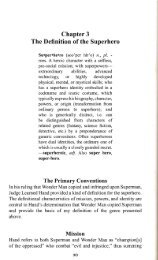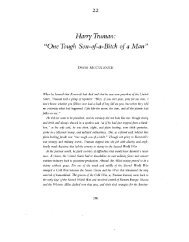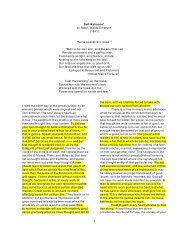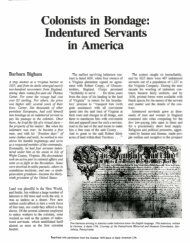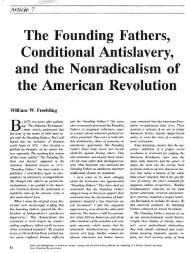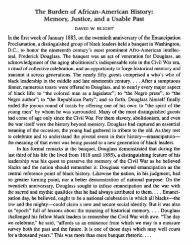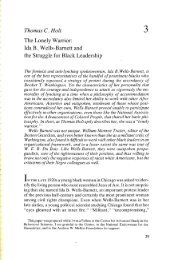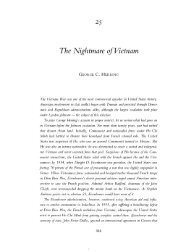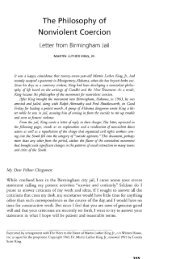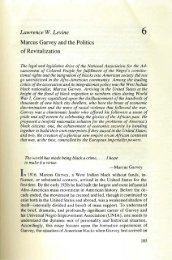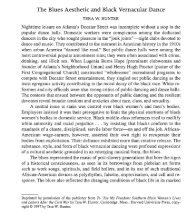Mary - Journeytohistory
Mary - Journeytohistory
Mary - Journeytohistory
You also want an ePaper? Increase the reach of your titles
YUMPU automatically turns print PDFs into web optimized ePapers that Google loves.
290 From Slavery to Freedom..The triUJDph of white suprclUlIcy and the inCI'ClISe in r:lcill] distinctions is exemplifiedby these laund.·y businesses. wltich catered to "white people only" in 1890. (Courtesy ofBirmingham Public Librwy Department oj",\rchi"vcs Clnd j\fwt/lscri]Jts)there could be no normal relationships between them. Laws for racial segregationhad made a brief appearance during Reconstruction, only to disappear by1868. When the Conservatives resumed power, they revived the segregation ofthe races. Beginning in Tennessee in 1870, white Southerners enacted lawsRcsurgcnct: of laws against intermarriage of the races in every Southern state. Fiveill tilt: South years later, Tennessee adopted the first "Jim Crow," or segreSt:grcgatiug hInd,s gation, law, and the rest of the South rapidly fell in line. BlackslInd wh.ites and whites were separated on trains, in depots, and onwharves. j\fter the Supreme Court in 1883 outlawed the Civil Rights Acts of1875, blacl{s were banned from white hotels, barber shops, restaurants, andtheaters. By 1885 most Southern states had laws requiring separate schools.With the adoption of new constitutions the states firmly established the colorline by the most stringent segregation of the races, and in 1896 the SupremeCourt upheld segregation in its "separate but equal" doctrine set forth in Plessy'D. Ferguson.



